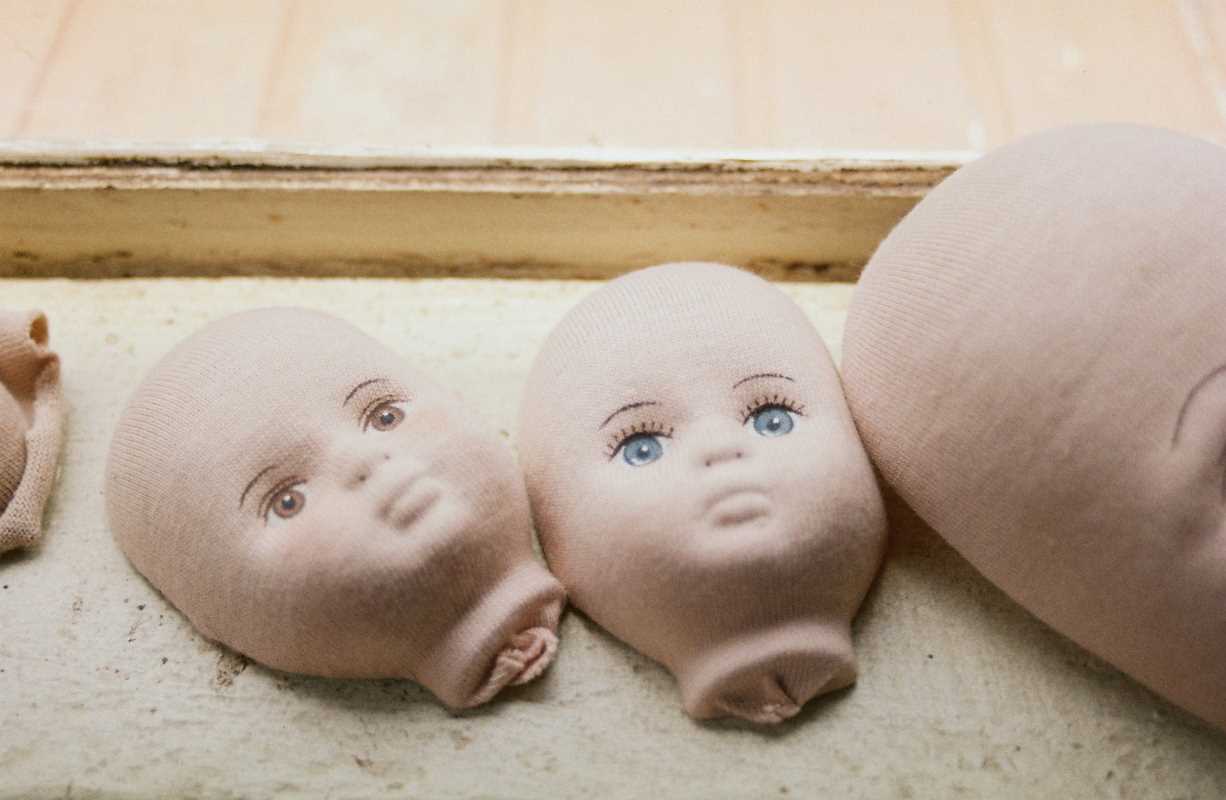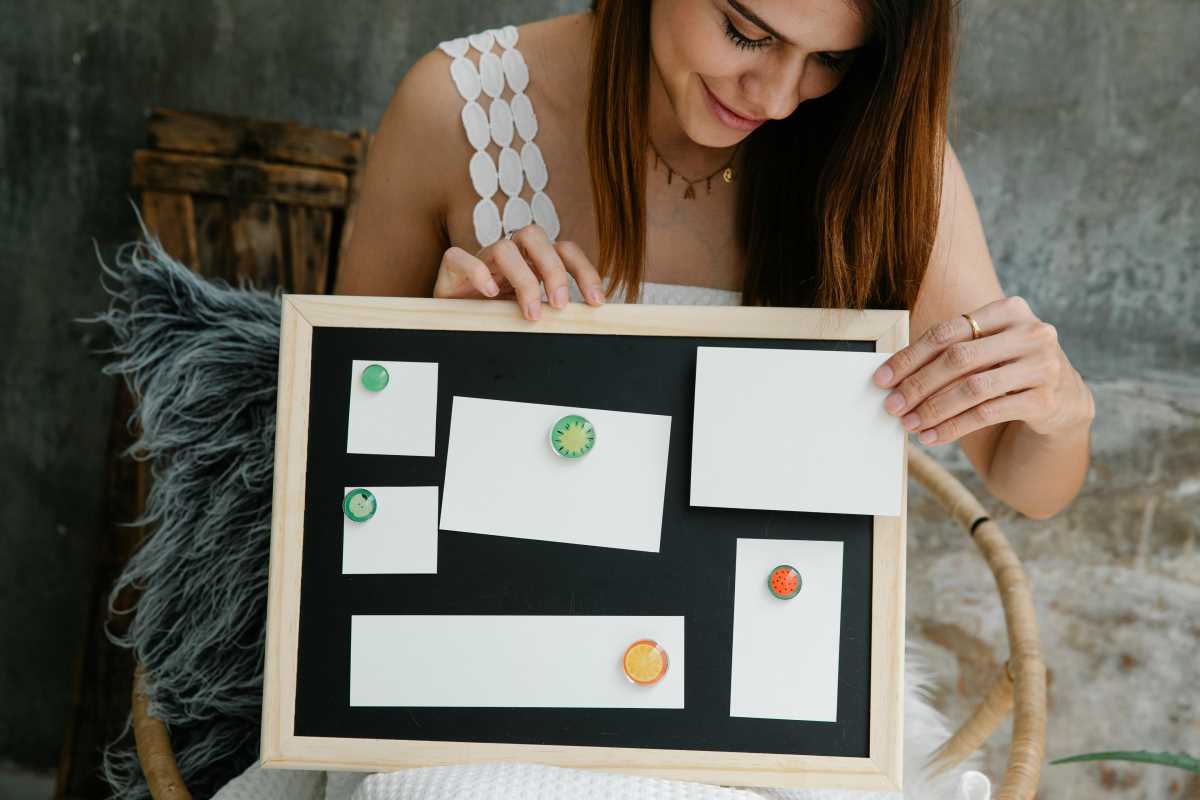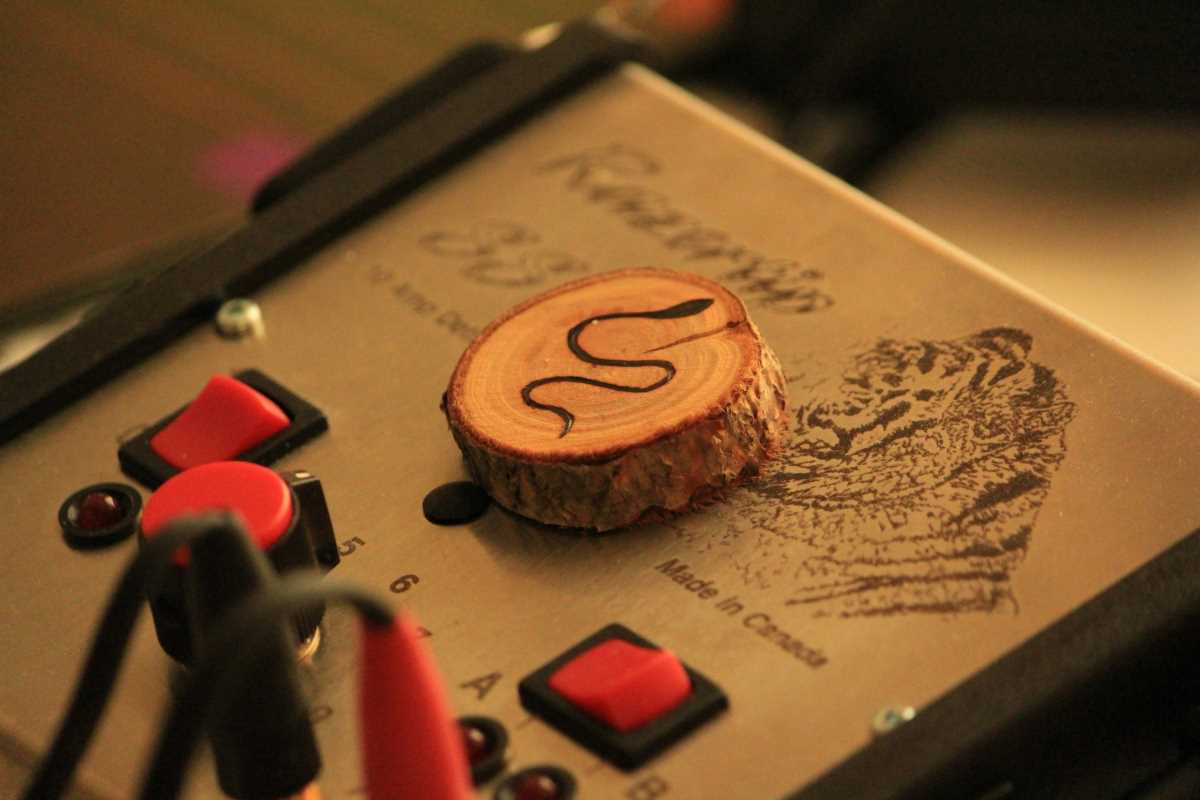Working with clay brings a fresh sense of excitement and encourages you to discover original approaches for making charms that catch the eye. Drawing inspiration from unexpected places, focusing on careful technique, and trying out different finishes allow you to shape plain clay into memorable treasures. Each stage of the process blends hands-on curiosity with careful attention, guiding you as you craft pieces that reflect your personality. As you continue to practice and refine your skills, your creations will not only express your creativity but also stand out as unique additions to any collection.
Whether you’ve shaped basic forms before or you’re venturing into this medium for the first time, these insights guide your next set of charms toward originality. From idea to final shine, you’ll discover how unconventional angles and expert tips push your work beyond familiar territory. Prepare to celebrate both the process and the one-of-a-kind pieces you’ll share with friends, family, or an online creative circle.
Develop Your Skills and Confidence with Clay
Shaping polymer clay gives immediate feedback on form and color, helping you refine your eye for detail. When you blend shades directly from the block, you develop control over gradients without relying on paint. This hands-on balance of mixing and sculpting helps you build confidence and originality.
Focusing on small-scale designs—like mini animals or abstract shapes—encourages you to carve sharper edges and smoother curves. While larger sculptures can feel intimidating, charms offer a compact canvas that rewards careful adjustments. Take on challenges like marbling or skinner blends to push your personal style forward.
Creating Unique Shapes That Set Trends
Look for inspiration outside typical jewelry motifs by observing architectural silhouettes, organic patterns in nature, or textile weaves. These unconventional visuals spark ideas for charms that move away from standard hearts or flowers. You might translate the ridges of a seashell or the negative space of steampunk gears into a fresh shape.
Draw sketches whenever a design idea comes to mind, even if it feels oddly specific. Revisiting a half-drawn corner of a building or a leaf’s vein pattern can lead to a standout charm motif. Over time, these research snippets come together into a signature series that peers and followers will instantly recognize.
Sharing Projects to Build Connections
Collaborative projects invite feedback loops that help your growth. Organize small group swaps or online micro-workshops where participants exchange charm elements. Combining your style with others’ approaches reveals surprising pairings—perhaps a shared gradient technique or a new slicing method for polymer.
Join social platforms dedicated to sculpting or jewelry making to post work-in-progress shots and get immediate reactions. Short polls asking whether geometrical drops or soft waves suit your audience sharpen your choices before you cure each piece. This interactive approach replaces guesswork with community-driven direction.
Essential Tools and Techniques for Unique Details
- Condition your clay thoroughly before shaping using a drop-leaf pasta machine or dedicated roller. This step prevents cracks and ensures smooth blending when you layer different colors. Practice running clay through the roller at consistent thickness settings to master uniform slices for reliable shapes every time.
- Use sharp, high-quality craft blades to carve tiny facets or delicate cutouts. Replace blades often to keep edges crisp—dull tools distort outlines and leave rough surfaces. Keep extra blades in an airtight container so you can swap them out as soon as you feel resistance.
- Use flexible silicone molds to replicate base shapes consistently, such as oval backings or petal impressions. Press conditioned clay gently into the mold, then lift it off the surface to maintain defined edges. This saves time on repeat designs and allows you to focus on decorative touches.
- Master the art of texture stamping by pressing laser-cut metal or polymer stamps into clay before baking. Select designs that complement your charms—woodgrain for rustic themes or celestial motifs for modern spins. Lightly dust the stamp with cornstarch to prevent sticking and keep every fine detail intact.
- Invest in a dedicated clay-cutting mat to protect your work surface and extend blade life. The mat stabilizes your piece when slicing or trimming edges. Rotate the mat regularly to distribute wear evenly, ensuring a flat, reliable base for your entire creative process.
Materials to Source and Why
Apart from basic clays, explore translucent and glitter-infused varieties to add depth to thinner charms. Translucent formulas catch light, creating a gem-like glow when backlit. Mixing a little clear clay with colored blocks enhances this effect without compromising structural integrity. Try small batches to dial in your perfect glow.
Pair polymer mediums with metal leaf, mica powders, or delicate inclusions like dried flowers. These materials embed directly into the surface and bake right along with clay. To highlight these accents, apply them sparingly over a matte or gloss varnish. This approach elevates simple shapes into miniature mixed-media artworks.
As you gather supplies, consider ordering high-quality products in sample sizes to test compatibility. Some metallic clays handle prints better than basic formulations, and certain fillers resist oxidation. Making tiny batches allows you to find the best combinations for your style without spending a lot on bulk purchases. You can link techniques to detailed polymer clay tutorials that guide texture and tint experiments.
Finishing Touches That Make a Big Difference
After curing, gently file edges with fine-grit sandpaper or nail buffers to smooth out any blade or stamp marks and achieve a professional look. Move through grits from coarse to ultra-fine to get silky surfaces ready for coatings.
Seal each piece with specialized resin or UV-curing varnish for a durable gloss that resists fingerprints and moisture. Choose based on charm thickness: low-viscosity resins penetrate detailed areas more effectively, while thicker varnishes form a protective dome. Always cure under a small UV lamp or natural sunlight in controlled intervals.
When photographing your work online, place charms on neutral backgrounds with balanced lighting. Clear images showcase your craftsmanship and highlight textural nuances. Many creators use smartphone manual settings to lock exposure and emphasize mirror-like resin finishes.
Top Five Ideas for Polymer Clay Charms
- Toy Story (1995): Inspired by the playful color palette, this charm uses bright reds, blues, and yellows pressed into star and cowboy hat shapes. You’ll spend less than $2 per set of hats, sourcing small pre-cut molds online. Insider tip: apply a thin glaze only to the hat brim to mimic glossy cowboy proportions without overloading the star.
- Star Wars (1977): Create a tiny Death Star replica by layering gray polymer clay and carving circular trench lines. Each unit costs about $1.50 in scrap clay and takes ten minutes to sculpt. Insider tip: lightly sand the sphere before applying gloss; this step highlights the trenches and creates realistic shadows under lamps.
- Harry Potter and the Sorcerer’s Stone (2001): Make the golden snitch with metallic leaf on a small, round core. This project uses less than a quarter teaspoon of metal clay pigment per charm, keeping costs under $1. Insider tip: bake at a slightly lower temperature for five extra minutes to fuse the leaf securely without discoloring surrounding clay.
- Stranger Things (2016 series): Shape a tiny alphabet wall tile with indented letters filled with thinned black clay. Each wall charm uses five grams of base clay plus a dab of dark accent color, costing around $0.75. Insider tip: press the clay over a lightly oiled silicone map to create subtle brick textures beneath the lettering.
- My Neighbor Totoro (1988): Fashion a miniature Totoro belly with alternating gray and cream clay layers pressed through a pasta roller. Material costs stay under $1 per charm given thin sheet usage. Insider tip: use a needle tool to etch fine fur lines around the belly patch after initial curing, then rebake for a tactile effect.
Use these creative ideas, precise techniques, and standout examples to raise the quality of every charm you make. Your next batch of personalized pieces will reflect both your growing skill and a distinctive artistic voice.
Continue exploring new ideas and share your progress. Let your unique style shine as you create. Happy crafting!
 (Image via
(Image via





